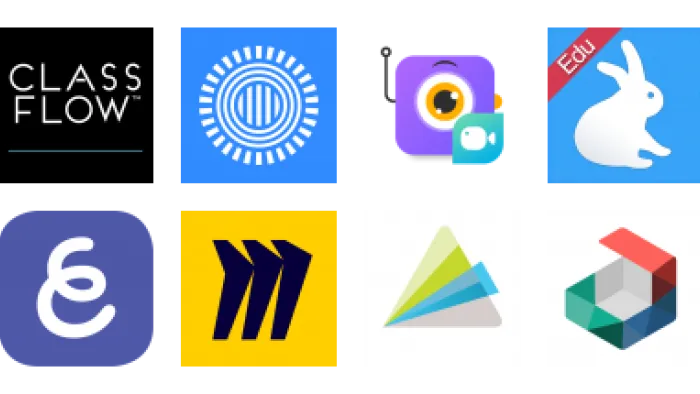Encourage creativity, reflection, and confidence through the use of multimedia presentations.

Public speaking is an invaluable skill, but it can also difficult for students (and adults). However, multimedia presentations (like digital stories) can lay the groundwork for developing those skills. Done right, they provide an opportunity to combine images, text, and powerful oratory in any classroom situation. Not only do they allow students who don't like public speaking to test the waters and build confidence, but they also allow teachers to target instruction to those students who really need support.
Multimedia presentations develop confidence in language skills.
For students who lack confidence or language skills, a multimedia presentation created using tools such as Adobe Express, VoiceThread, Google Drive, or iMovie is an opportunity to develop fluency in English (or any target language) without the pressure of speaking live in front of an audience. With the opportunity to record as many times as necessary, the fear of errors is gone, allowing students to focus on content, intonation, and organization.
We can start building the next generation of orators in effective, engaging ways.
Process-driven presentations encourage meaningful feedback.
With digital presentations, teachers can more easily check in on student progress and offer instructional advice as well. Rather than everything riding on the live speech or presentation, multimedia presentations can be more about process, and with process-driven assignments there is greater opportunity for teachers to conference with students, offer advice, and provide formative feedback. If the presentations are shared via the cloud, that feedback can even come outside of class time.
Of course, tools that incorporate AI, like Canva, can helpful when creating presentations—and offer significant shortcuts. So make sure to set expectations around how and when artificial intelligence is appropriate to use during the process.
Script-writing strengthens ELA skills, including information literacy.
All the same planning and organization that goes into writing a good essay goes into creating a good presentation. Students start with a central idea, find supporting ideas and information, structure those to build an argument or explain a concept, and finish with some kind of conclusion. The only element of writing not present in creating a good multimedia presentation is the conventions of writing (punctuation, paragraph structure, and so on), but the framing of ideas and thinking processes are very similar.
Additionally, students have to find appropriate information to support their points of view in a multimedia presentation as well as the photos, audio clips, drawings, or videos that go with them. This requires students to cultivate good information-literacy skills, including searching databases, evaluating resources, and creating citations.
Multimedia presentations challenge students to think creatively.
As teachers, if we really want to foster creativity, we can require or encourage students to create their own graphics, images, audio, and video clips. When students must create something, they have to figure out how to represent their ideas -- a form of abstract, symbolic expression that ups the intellectual ante tremendously.
Choice provides opportunity for students to shine.
Let's face it: For some of our students, writing essays or reports is a tremendous challenge. That's not to say that it's not a valuable challenge, but in certain situations we're really looking for content, not writing skills. In this case, a multimedia presentation can be the perfect medium for some students to demonstrate a high level of content mastery. Giving students a choice in how they show understanding can be a legitimate way of maintaining high content standards for all students.
With all the digital presentation tools at our fingertips, we can start building the next generation of orators in effective, engaging ways. There's no reason not to start today. Here are curated lists of tools that can help:







